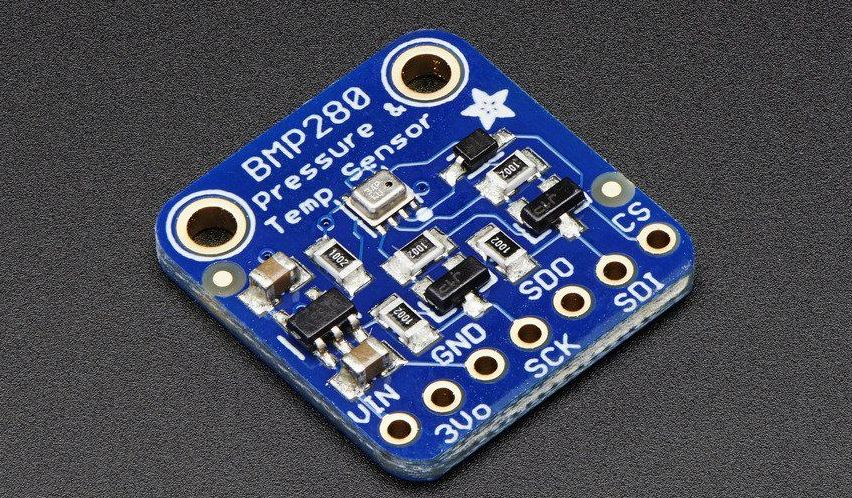The CanSat competition requires our probe to have multiple sensors attached to it. Below is an overview of our Sensor Subsystem.
- The acceleration sensor to measure the probe’s acceleration. We chose our sensor because of its efficient range for with its relatively low cost.
- The air pressure and temperature sensor to measure both the probe’s air pressure and temperature. For this sensor, the most important factors included its lightweightness, high resolution, and effective range.
- The GPS sensor to measure the X, Y, and Z positions of the probe. Compared to our options, our chosen GPS sensor has the largest frequency rate at 10 Hz, the most channels, as well as an internal flash that houses 16 hours of data.
- The voltage sensor to measure the voltage per second of the probe. Ours was specifically chosen for its minimal effect on the CanSat mass and cost budget.
- The tilt sensor to measure the amount of tilt. The sensor that we chose is cost efficient and has a competitive range. It also has a built-in accelerometer and magnetometer, which will save us money in our budget.
- The camera to capture a video of the heat shield release and ground during the last 300 meters of descent. Our chosen mini camera is the most lightweight and has the smallest size out of the options we had. It also has a low cost with competitive specifications of 30 FPS for video capture.
Using a trade and selection process, we were able to narrow down our options to specific sensor choices. We wanted to ensure that the sensors we used were the most efficient and lightweight existing models. It is very important for us that the weight of the sensors does not greatly affect the overall mass budget of the CanSat. This is because it will be much easier for us to add more weight to the CanSat if it is too light, compared to trying to lower its mass.
— Amy Huynh
Documentation

